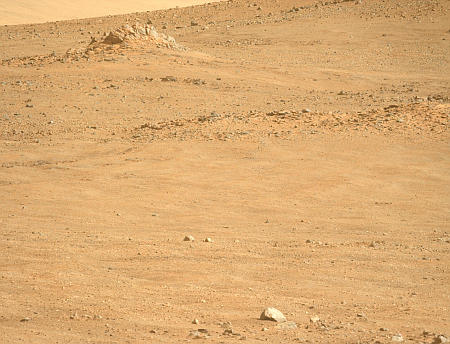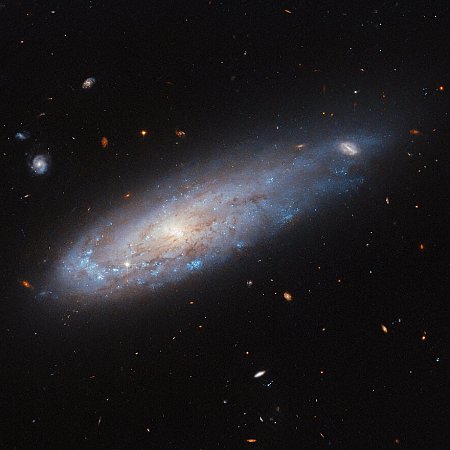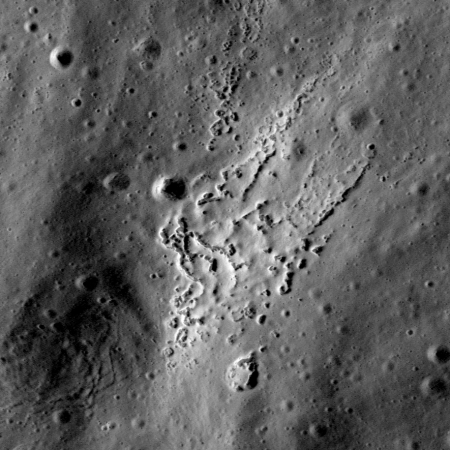Spaceport startup SUAS Aerospace signs deal to launch small suborbital rocket from west coast of Ireland
The Irish spaceport startup SUAS Aerospace has now signed a partnership deal with the Netherlands rocket startup T-Minus Engineering to launch a small suborbital rocket from west coast of Ireland in order to demonstrate the viability of Ireland as a potential spaceport location.
According to this report, “T-Minus will provide its Dart rocket for the launch. Dart stands at 3.5 metres and is capable of carrying payloads of up to 3.5 kilograms to a maximum altitude of 200 kilometres.”
Though SUAS has raised €5 million in private investment capital to push its project to build two launch sites within Ireland, it has not made it clear the exact locations of these sites, other than indicating it wants to place them at two locations on Ireland’s west coast, as shown by the company graphic to the right. I suspect it does not yet have rights to the land, and its lobbying effort is largely focused on getting government help to obtain those rights, either on public or private land.
For example, its press release does not provide any details on where this suborbital launch will occur. I am not even sure the company knows. It might simply arrange some coastal location, simply to make possible this demonstration launch, even if that place is not the actual location of its proposed spaceport.
The Irish spaceport startup SUAS Aerospace has now signed a partnership deal with the Netherlands rocket startup T-Minus Engineering to launch a small suborbital rocket from west coast of Ireland in order to demonstrate the viability of Ireland as a potential spaceport location.
According to this report, “T-Minus will provide its Dart rocket for the launch. Dart stands at 3.5 metres and is capable of carrying payloads of up to 3.5 kilograms to a maximum altitude of 200 kilometres.”
Though SUAS has raised €5 million in private investment capital to push its project to build two launch sites within Ireland, it has not made it clear the exact locations of these sites, other than indicating it wants to place them at two locations on Ireland’s west coast, as shown by the company graphic to the right. I suspect it does not yet have rights to the land, and its lobbying effort is largely focused on getting government help to obtain those rights, either on public or private land.
For example, its press release does not provide any details on where this suborbital launch will occur. I am not even sure the company knows. It might simply arrange some coastal location, simply to make possible this demonstration launch, even if that place is not the actual location of its proposed spaceport.









